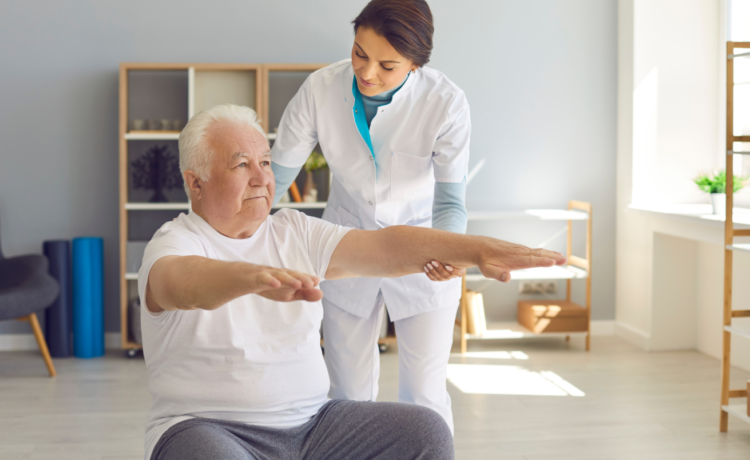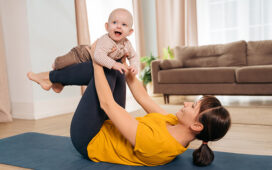As loved ones age, maintaining their independence while ensuring their safety becomes a top priority. For many families, helping seniors stay in their own homes is an ideal goal—but it often requires thoughtful adjustments to the living space. Falls, burns, and other preventable accidents can have serious consequences, so creating a safe and supportive environment is key to successful aging in place.
Whether your loved one lives alone or receives support from a caregiver, the home should be a secure and accessible place to thrive. Here are six practical tips for creating a safe home environment for seniors.
1. Eliminate Tripping Hazards
Falls are the leading cause of injury among older adults, and many happen due to hazards that can be easily addressed. One of the most important safety steps you can take is removing or modifying anything that might cause a slip or trip.
- Secure loose rugs or remove them entirely.
- Keep electrical cords out of walkways.
- Rearrange furniture to allow clear, wide paths.
- Install non-slip mats in the kitchen and bathroom.
Consider using double-sided tape to keep rugs firmly in place, and declutter areas that might tempt seniors to “step over” objects or shuffle awkwardly. The goal is to ensure smooth, open movement throughout the home.
2. Improve Lighting Throughout the House
As vision declines with age, well-lit spaces become essential. Poor lighting can make it difficult to see obstacles or uneven surfaces, increasing the risk of accidents. Aim for bright, even lighting in all rooms, especially hallways, staircases, and entryways.
- Add nightlights in the bathroom, bedroom, and hallways.
- Use brighter bulbs in key areas like the kitchen and living room.
- Install motion-activated lights in frequently used pathways.
Natural light is also beneficial, so open curtains during the day to reduce shadows and enhance visibility.
3. Install Grab Bars and Handrails
Many seniors experience reduced balance or strength, which can make navigating certain parts of the home difficult. Installing grab bars and handrails offers vital support and reduces the risk of injury.
- Place grab bars near toilets and inside the shower or tub.
- Ensure there are sturdy handrails on both sides of any stairs.
- Consider a wall-mounted railing along long hallways or near sitting areas.
Unlike towel bars or decorative handles, grab bars are specifically designed to support weight, so make sure they’re installed securely into wall studs or with proper anchors.
4. Make the Bathroom Senior-Friendly
Bathrooms are one of the most hazardous areas in the home due to slippery surfaces and awkward movements. Making a few strategic modifications can drastically increase safety.
- Install a walk-in shower or tub with a seat.
- Use a raised toilet seat to reduce the need for bending.
- Place non-slip mats inside and outside of the tub or shower.
- Add a handheld shower head for easier bathing.
These changes help seniors bathe with confidence and reduce the need for risky maneuvers in a tight space.
5. Simplify Daily Routines with Accessible Storage
Reaching for items on high shelves or low cabinets can lead to overextension or falls. Adjust your storage to make daily tasks easier and safer.
- Move frequently used items to waist-height cabinets.
- Avoid using step stools or ladders altogether.
- Clearly label medication containers and store them in one central location.
- Keep phones, remotes, and emergency items within easy reach.
Reducing the need for bending, climbing, or searching promotes independence while lowering the risk of injury.
6. Integrate Safety Devices and Support Systems
Technology and thoughtful planning can provide extra peace of mind for both seniors and their families. Even small upgrades can make a major difference in daily living.
- Consider wearable emergency alert devices for quick access to help.
- Install smoke and carbon monoxide detectors with audible alerts.
- Use smart home tools like voice-controlled lights or reminders.
- Set up a regular check-in schedule with family, friends, or professional caregivers.
If you’re considering outside help, senior home care services can also provide an added layer of support. Caregivers can help identify hazards, assist with daily activities, and provide companionship that contributes to both physical and emotional safety.
A Safer Home Means a Healthier Life
Creating a safe home environment for seniors doesn’t require major renovations—just thoughtful, proactive changes that support mobility, confidence, and well-being. From better lighting to grab bars and smarter storage, these adjustments can transform a home into a place where seniors feel secure and empowered.
Taking the time to assess your loved one’s living space and implement these changes is one of the most impactful ways to support aging in place. And when combined with regular check-ins or professional assistance, it can offer families true peace of mind.
















